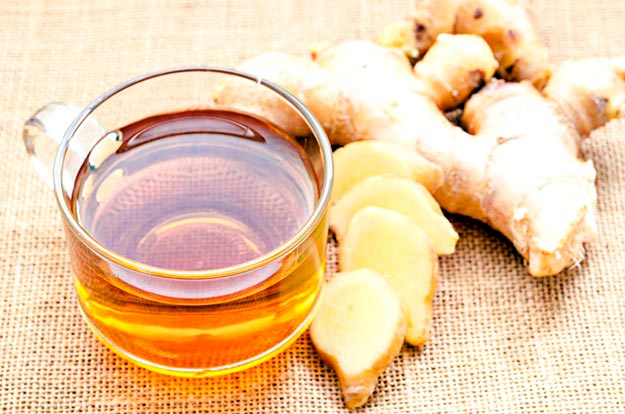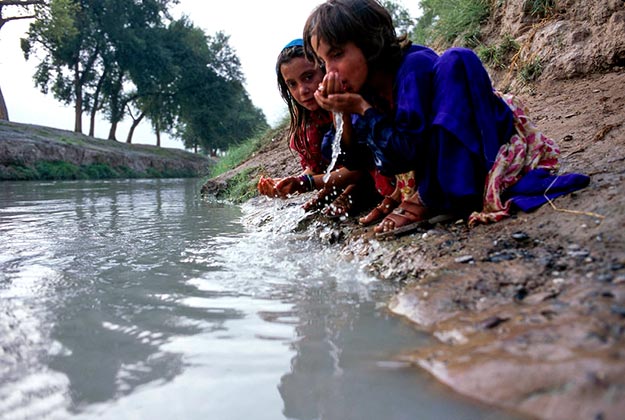Long thought to be bone dry, the moon has recently been confirmed as relatively water rich. But a big question remains: Where did the wet—or more accurately, icy—stuff come from?
A new study might have the answer: The moon’s water may have, in a sense, sailed in on the solar wind. The discovery hints at a previously unknown method of delivering water to the inner solar system—and a new way to produce water and rocket fuel for future space missions.

Solar particles may combine with oxygen in the lunar surface (file picture), creating water.
Until now the only known method of delivering water to inner solar system bodies such as Earth and the moon was through collisions with water-rich asteroids or comets from farther out in space—beyond the system’s “snow line,” where it’s cold enough for water to condense into ice.
But a team led by planetary scientist Yang Liu says it’s found another way, thanks to evidence of water and a water precursor molecule—hydroxyl—locked inside lunar soil samples brought to Earth by NASA astronauts. Water consists of two hydrogen atoms bound to one oxygen atom, while hydroxyl is one part hydrogen, one part oxygen. Read more






